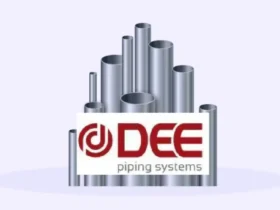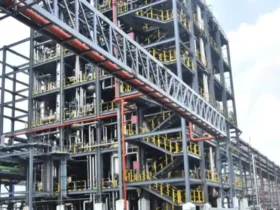
The global rubber processing chemicals (RPC) market is poised for significant growth, with projections indicating a rise from $4.5 billion in 2023 to approximately $6.7 billion by 2034. This growth, representing a compound annual growth rate (CAGR) of 3.8% from 2024 to 2034, is driven by increasing demand across various industries, including automotive, construction, and manufacturing.
Key Market Drivers
The automotive industry remains a primary catalyst for the RPC market’s expansion. The surge in vehicle production, particularly electric vehicles (EVs), has heightened the need for high-performance rubber components such as tires, hoses, and seals. This trend is especially pronounced in the Asia-Pacific region, home to major automotive markets like China, India, and Japan.
Additionally, rapid industrialization and urbanization in emerging economies are fueling demand for rubber products in infrastructure projects, including roads, bridges, and public utilities. The construction industry’s growth further amplifies the need for rubber-based materials, thereby boosting the RPC market.
Technological Advancements and Sustainability
Innovations in rubber processing technologies are enhancing the efficiency and quality of rubber products. The development of advanced mixing and extrusion techniques allows for improved compound properties and reduced processing times. Moreover, the incorporation of carbon nanotubes in synthetic rubber formulations has led to enhanced mechanical and electrical properties without compromising flexibility.
Environmental concerns and stringent regulations, particularly in Europe, are prompting manufacturers to invest in sustainable and eco-friendly rubber processing chemicals. These include bio-based alternatives derived from natural oils and biomass, which offer reduced environmental impact and align with global sustainability goals.
Regional Market Insights
The Asia-Pacific region dominates the global RPC market, accounting for a significant share due to its robust manufacturing sector and expanding automotive industry. Countries like China and India are at the forefront, driven by large-scale infrastructure projects and increasing consumer demand.
North America and Europe also contribute substantially to the market, with established automotive and industrial bases. In these regions, the emphasis on sustainable manufacturing practices and high-performance materials continues to drive the adoption of advanced rubber processing chemicals.
Market Segmentation
The RPC market is segmented based on product types, applications, and end-use industries:
Precedence Research
- By Product Type: Antidegradants, accelerators, flame retardants, processing aids, and others.
- By Application: Tire and non-tire applications, including automotive components, industrial rubber products, and medical devices.
- By End-Use Industry: Automotive, construction, industrial manufacturing, healthcare, electronics, aerospace, and consumer goods.
Competitive Landscape
Leading companies in the RPC market are focusing on product innovation, strategic partnerships, and mergers and acquisitions to strengthen their market positions. Key players include BASF SE, Eastman Chemical Company, AkzoNobel N.V., Sumitomo Chemical Co., Ltd., LANXESS, Arkema S.A., Solvay, China Petroleum & Chemical Corporation (Sinopec), Emerald Performance Materials LLC, and Merchem Limited.
For instance, in April 2023, Sinopec commenced operations at a new copolymer production facility in Hainan, capable of producing 170,000 tons of SEBS and SBS annually. Similarly, Ecore International acquired 360 Tire Recycling Group to enhance its recyclable rubber product portfolio and production capacity.
Conclusion
The rubber processing chemicals market is on a trajectory of steady growth, underpinned by the burgeoning automotive sector, infrastructural developments, technological advancements, and a global shift towards sustainable manufacturing practices. As industries continue to prioritize performance and environmental responsibility, the demand for innovative and eco-friendly rubber processing solutions is expected to rise, shaping the future landscape of the market.








Leave a Reply